Designing for the Next Billion Seconds
As term two's kick-off course and MDEF 21/22's first online course 'Designing for the Next Billion Seconds' hosted by Andres Colmenares from creative research lab IAM started.
Hinting to its contents the title 'Designing for the Next Billion Seconds' read as a concept itself. With one billion seconds being equal to about 31 years, what will happen in the coming years? How will the year 2053 look like? Answering this might be even harder considering how different 1991 looked like in comparison with today. In retrospect 1991 was practically the breaking point for modern day's technological-driven society. 1991 was the year in which the first HTTP protocol and HTML formats were released. Widely-used internet as we recognize it, did not exist. Nor did Google, Tesla and Apple. Clouds were still associated with rain rather than shared digital storage. Cryptocurrencies, DeepFake, Spotify, Netflix, were all unthinkable. Imagining today as the breaking point for the years to come allows us to speculate about futures never thought of before.

Andres stated in the first session that in discussions, 'futures' should always be plural. For our words are what define and shape them into many different scenarios. We practized this by writing a postcard to the world of 1991. Some wrote warnings about what would change in the coming years and others wrote about how the addressed should act to have the present improved to their perception.

Syd Mead was a concept artist defining futuristic imagery in famous sci-fi movies like Bladerunner, Aliens and Tron. In his work he vizualises buildings, objects and technologies that do not exist at the moment but don't appear far-fetched either.

In a group of five we were imagining how Lagos, Nigeria could look like in 2053. To sketch some context we started off with looking for some of the main ongoing themes currently emerging locally. A few things that our little desk-research pointed out:

These statements opened doors for speculation and we constructed a hypothetical development of the city into a contemporary West-African metropolis in which it succeeded to deal with the immense challenges it faced 30 years ago.

Some reference closely related to our speculation is the work of Olalekan Jeyifous, a Nigerian-American visual artist. In his work he builds onto stills derived of modern day Lagos and creates megastructures from local elements and new technologies. It gives clear impressions on how the streets of Lagos 2053 will look like.
